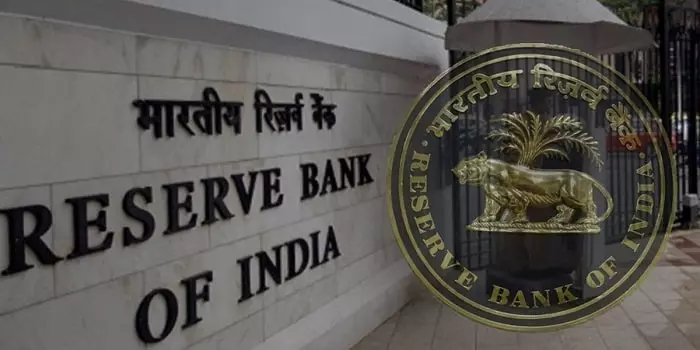How Does RBI Control Commercial Banks?
It is no hidden fact that commercial banks are incredibly important for the economic stability of a country. And in India, there are dozens of commercial banks that are currently functional in the nation. If a huge bank like HDFC, ICICI, Or SBI collapses, it’ll be disastrous for the Indian economy, but such huge banks are too big to fail at this point. However, the collapsing thing is still a danger for many small-scale banks, and their collapse can also have a considerable impact on India’s economy. But RBI or the Reserve Bank Of India makes sure to prevent that from happening by governing and controlling the commercial banks in the country. And today we will be taking a look at how RBI functions and how it controls commercial banks. So let’s get down to it then.
Why Does RBI Control Commercial Banks?

The main goal of RBI is to control inflation, and commercial banks are responsible for increasing the currency liquidity in the country. That’s why RBI controls commercial banks to indirectly control currency liquidity which also means that RBI has control over inflation, to some extent. See, if there is high cash flow in the nation, and commercial banks are easily giving out loans to the people, that’ll affect the purchasing power of the person taking the loan, thus it automatically contributes to the increase of inflation. And RBI is able to control by taking some measures and using the Monetary Policy.
What Measures Does RBI Take To Have Control Over Commercial Banks In India?
Under the RBI Monetary Policy, there are several measures and instruments which help it control commercial banks. Let’s have a look at these measures.
Repo Rate
Compared to MSF and Bank Rates, RBI uses Repo Rate the most to control commercial banks. RBI is called the bank of the banks, for example, if you were to take a loan, where would you go? Of course, you’d go to commercial banks like HDFC, ICICI, UCO, SBI, PNB, etc. Correct? But where all that cash is coming from that commercial banks lend to you? Yes, you are right, it is the RBI that lends the money to commercial banks and they further lend money to the general public. Just like commercial banks earn interest on the amount they lend to the general public, RBI also earns interest by lending money to commercial banks. And Repo Rate is actually the percentage of interest they take from these commercial banks.
So by increasing and decreasing the Repo Rate, RBI can either increase or decrease the currency liquidity in the nation, which also has an impact on inflation. There is another thing which is called Reverse Repo Rate, it is basically the interest that commercial banks earn by lending back to the RBI. You must be wondering why commercial banks lend money back to the RBI. Right? Well, sometimes banks have too much money in their reserve, and they can’t lend it to the public as per RBI guidelines, that’s why to minimize the interest payout to the RBI, these commercial banks give the money back to RBI.
Cash Reserve Ratio (CRR)
CRR of the Cash Reserve Ratio is basically the type of security deposit of commercial banks to the RBI. However, CRR isn’t the most prominent form of measure that lets RBI control other banks in the nation because it is usually less than 5%.
Statutory Liquidity Ratio (SLR)
In India, all commercial banks must follow the Statutory Liquidity Ratio guidelines, otherwise, RBI can impose heavy penalties on commercial banks. SLR is basically a fixed percentage of money that commercial banks must have in their reserves. Usually, SLR is about 18% to 20%, and it is for sure one of the greater measures that help RBI control commercial banks so that these banks don’t end up increasing the currency liquidity in the country.
Lending Capacity Limitation
Suppose that banks had no lending capacity limitations, they’d have flooded the market with cash which ultimately increases the currency liquidity. And this act of banks can increase inflation in the country significantly. See, banks earn money by lending the money to the general public and earning interest on that. That’s why usually commercial banks provide loans so easily to people. But RBI imposes lending capacity limitations on commercial banks so that they don’t lend too much money to the general public.
Credit Rationing
You may have seen commercial banks offering various types of loans such as vehicle loans, personal loans, home loans, and whatnot. But you may have seen that commercial banks don’t just provide insanely greater amounts to people, and that’s because they can’t do that. Because RBI uses the Credit Rationing measure which is why these banks can’t lend too much money via a loan scheme, and this is basically called Credit Rationing.
Alright, these are the most prominent measures and parameters that RBI imposes on functional commercial banks in the nation to have control over liquidity and inflation.



